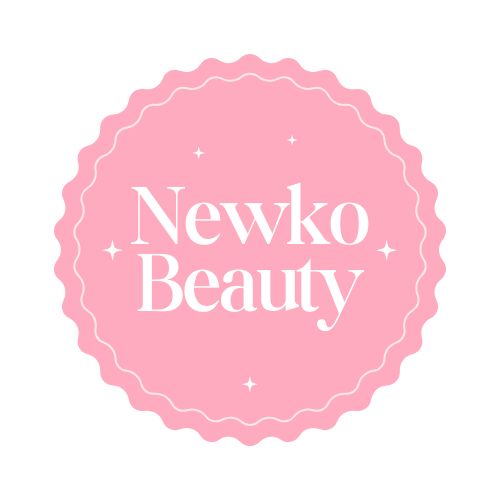
Retinol? Retinal? Retinoid?
Share
🌸 Retinal vs Retinol vs Retinoid 🌸
Understanding Vitamin A in Skincare
When it comes to anti-aging and glowing skin, Vitamin A derivatives are some of the most powerful ingredients in skincare. But with names like Retinol, Retinal, and Retinoid, it can get confusing. Let’s break it down simply.
🔹 Retinoids (the umbrella term)
- “Retinoids” is the family name for all Vitamin A derivatives
- Includes: Retinol, Retinal (Retinaldehyde), Tretinoin, Adapalene, and more.
- Benefits: Speeds up skin cell turnover, boosts collagen, improves tone and texture.
👉 Think of Retinoid as the “parent” category.
1. Retinol (beginner-friendly) - cosmetic
Retinol is the most common over-the-counter retinoid for softer fine lines, smoother skin, gradual improvement. It is gentle and suitable for beginners. Because Retinol is slower to convert to retinoic acid, so its effects are more gradual. This gradual action often makes it easier for beginners or sensitive skin to tolerate.
How Retinol Works:
- Penetrates the skin and is converted into Retinoic Acid (Retinol -> Retinal -> Retinoic Acid)
- Stimulates skin cell turnover, helping remove dead skin cells.
- Boosts collagen production to reduce fine lines and improve elasticity.
- Improves skin texture, tone, and hydration over time
Example Product: VT Cosmetic Reti-A Reedle shot 100: Contains Retinol and Hydroxypinacolone Retinoate (HPR) with micro-needle Cica technology for enhanced absorption. It gives smoother skin texture, pore refinement, and anti-aging benefits.
Medicube Kojic Acid Turmeric Night Wrapping Mask: Combines Retinol with Turmeric and Collagen to brighten, hydrate, and enhance skin elasticity overnight
👉 Retinol = slow but steady.
2. Retinal (Retinaldehyde, faster results) - cosmetic
Retinal, or retinaldehyde, is a potent form of Vitamin A that acts as a precursor to retinoic acid, the active form used by skin cells. It is considered more effective than retinol and less irritating, but it is suitable for those with sensitive skin.
- One step closer to Retinoic Acid = Conversion: Retinal → Retinoic Acid.
- Works faster than retinol, targets fine lines, uneven tone, and acne more effectively - Why? Retinal is the only retinoid that has shown to have antibacterial activity***
- Example
-
- Beauty of Joseon Revive Eye Serum: Ginseng + Retinal: Formulated with Retinal to target fine lines and puffiness around the eyes.
- The KSECRET SEOUL 1988 Serum: Retinal Liposome 2% + Black Ginseng
👉 Retinal = faster results, still gentle.
3. Prescription Retinoids (strongest)
- Includes Tretinoin, Adapalene (Prescription required)
- Already in or close to Retinoic Acid form; acts directly.
- Potent results on wrinkles, pigmentation, acne; may cause dryness and peeling.
- Used under dermatologist guidance.
👉 Prescription = powerful but requires caution.
🔹 Which One Should You Choose?
- Beginner / Sensitive skin → Retinol
- Faster results / Anti-aging + acne → Retinal
- Persistent acne or advanced photoaging → Prescription retinoid (consult dermatologist)
❓ FAQ – Your Vitamin A Questions Answered
Q1: Can I use retinol and retinal together?
Usually unnecessary; may increase irritation. Use one based on tolerance.
Q2: How long until I see results?
- Retinol: 8–12 weeks
- Retinal: 4–8 weeks
- Prescription retinoids: 2–6 weeks (may cause initial peeling)
Q3: Can I use them during the day?
No, they are photosensitive. Use at night; apply sunscreen in the morning.
Q4: Will retinoids make my skin worse at first?
Some redness, dryness, flaking is normal. Start gradually, 1–2 nights per week.
Q5: Are they safe for sensitive skin?
Retinol and retinal can be used with buffering (moisturizer first). Prescription retinoids may be too strong.
✨ Newko Beauty’s Truth in Skincare: Consistency, patience, and the right formula matter more than strength alone. Always pair Vitamin A with hydration + sunscreen for best results.
***Dermatology, 2002, The Antibacterial Properties of Topical Retinoids, 205, pp 153-158
